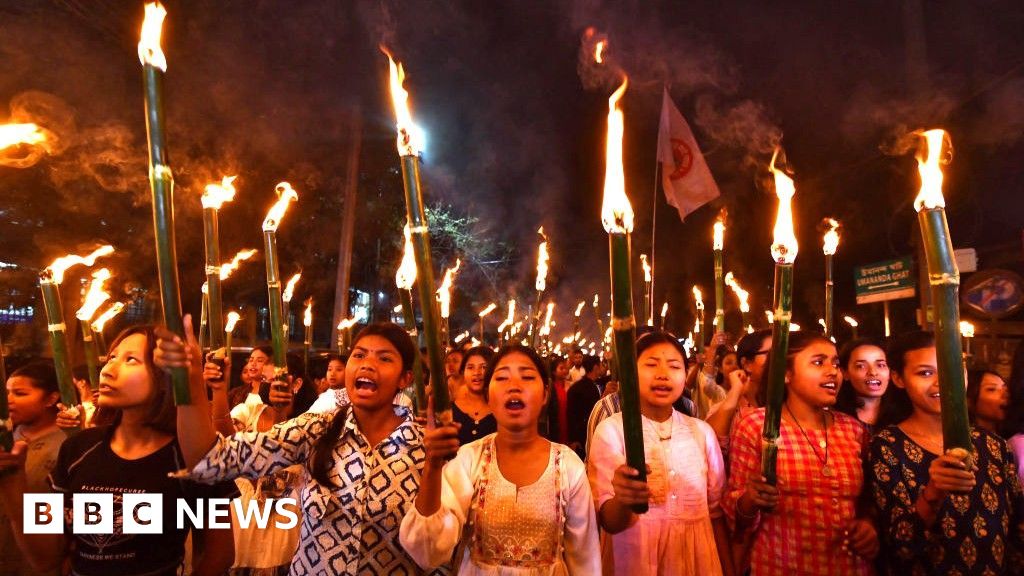India’s Generation Z, comprising over 370 million people under the age of 25 and nearly a quarter of the nation’s population, presents a vast, restless, and hyper-connected demographic. Equipped with smartphones and constantly engaged on social media platforms, this generation is acutely aware of issues such as politics, corruption, and social inequality. Despite this heightened awareness, however, large-scale public protests or street demonstrations remain rare and subdued in India. Various factors contribute to this hesitancy, including fears of being labeled “anti-national,” deep-seated regional and caste divisions, economic pressures, and a pervasive sense of skepticism about the tangible impact of collective action.
When looking beyond India’s borders, the youth of Generation Z in other parts of Asia and Africa have recently been markedly more vocal and active in political upheavals. For example, Nepal’s youth-led protests successfully toppled the government in just 48 hours. Similarly, in Madagascar, a youth movement ousted its leader, while in Indonesia, young people forced government concessions after demonstrating against rising living costs, corruption, and inequality. Bangladesh also witnessed regime change fueled by protests over job quotas and corruption. These movements have been characterized by rapid mobilization, decentralization, and coordination via encrypted apps and social media, highlighting a generational impatience and frustration with entrenched political corruption and cronyism.
India, by contrast, has seen only faint sparks of youth unrest. A notable instance occurred in September in the Himalayan region of Ladakh, where violent clashes erupted between police and protesters demanding statehood for the territory. Activist Sonam Wangchuk described this unrest as a manifestation of “Gen Z’s frenzy” and long-suppressed anger. This mood has also resonated in national politics; for example, Rahul Gandhi, leader of the main opposition Congress party, tweeted that “Gen Z youth will prevent voter fraud and save the Constitution,” following his allegations of electoral irregularities in the state of Karnataka. The unrest in neighboring Nepal has even prompted Delhi’s police chief to prepare contingency plans for potential youth-led demonstrations in India’s capital.
Online discussions reflect a deeply divided Gen Z, with some urging Indian youth to emulate the protests seen in Nepal and other countries, while others caution against romanticizing such leaderless uprisings, pointing to the violence and instability they can bring. Fact-checking outlets describe an “online battle” within the generation: one faction views protests as legitimate demands for justice, while the other suspects foreign manipulation or subversion.
Historically, India’s youth have been politically active, from the anti-Indira Gandhi protests of the 1970s to vibrant campus movements in recent decades. Yet experts remain skeptical that India’s Gen Z will mount a mass movement capable of unseating the central government, as has happened in Nepal or Bangladesh. One key reason is the fragmentation within India’s youth population. While many share common grievances such as unemployment, corruption, and inequality, their anger tends to be focused on localized issues, making a unified national movement unlikely.
Vipul Kumar, a 26-year-old journalist from Bihar, encapsulates this sentiment: “I don’t see a single force uniting us.” He notes that India’s power structures are more decentralized than Nepal’s, and this decentralization is mirrored in the dispersed nature of youth anger. While some young people seek systemic change at the federal level, many others simply want more government jobs or improvements in local governance. Sudhanshu Kaushik, a youth policy expert, argues that India is an “outlier” when it comes to a Gen Z revolution because of the country’s complex social fabric. He highlights the strong alignment of young people with regional, linguistic, and caste identities, which often put different groups at odds with each other.
This diversity means that different segments of India’s youth prioritize distinct issues. Urban youth may focus on job opportunities and infrastructure, Dalit youth—historically marginalized under India’s caste system—may prioritize caste discrimination and social justice, and Tamil-speaking youth may rally around language rights and regional traditions. Even within states, triggers for protests vary widely: in Gujarat and Haryana, young upper-caste groups have protested for increased affirmative action, while in Tamil Nadu, youth have protested a court ruling banning jallikattu, a traditional bull-taming sport.
Another significant barrier to youth protests in India is the fear of being branded “anti-national.” This label is frequently used by politicians and media figures to discredit dissent and intimid

